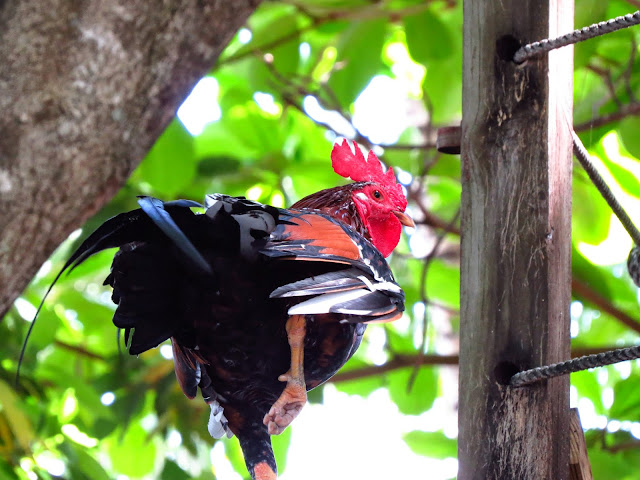Wood Stork (FKA Wood Ibis [not an ibis])
Wakotahatchee Wetlands, Florida, USA
April 2015
Member of the Stork Family
§A
Phalanx of
Storks§
~true bird fact~ The Wood Stork's breeding system is timed to be during the dry season in the places he lives. This doesn't make sense at first, but the Wood Stork knows what's up. During the dry season, pools of water shrink, meaning that fish are concentrated in smaller areas and it's easier for him to find food.
~true bird myth~ Storks have long been associated with protection, wealth, and of course, child rearing. Storks are believed to hold high amounts of faithfulness and familial values. Not only are they associated with delivering babies (which they allegedly found in caves or marshes), but also with taking care of elderly relatives. Ancient Greeks had a law that punished anyone who killed a stork with death, and Muslims revered the birds because they made a pilgrimage to Mecca on their annual migrations. Many of these myths seem to come about because Storks are large, prominent birds that often nest among humans, but they also stem from the Stork's own behavior. They're very consistent birds- mostly monogamous, and they nest in the same site year after year.
Acts on emotion. Wears her heart on her sleeve
Finds enjoyment in the simple company of others
Doesn't think about 'the big questions'
Likes percussion instruments best
 How endangered are they?
How endangered are they? They've never been a globally endangered species because they have such an enormous range, but Wood Storks had a hard time of it for a while. Back in 1984, their population was dropping by a precipitous 5% per year. However, a concentrated conservation effort over the past 30 years has brought them back up to healthier levels. In July of 2014, they were moved off the US Fish and Wildlife Endangered List and are now considered merely 'threatened'. There are now estimated to be somewhere between 6,000 and 10,000 storks in the States. Stork populations have followed a similar trajectory in Brazil. Good for you, storks.









